Existing User Log In
New User Registration
Register for a free account to gain full access to the VGChartz Network and join our thriving community.



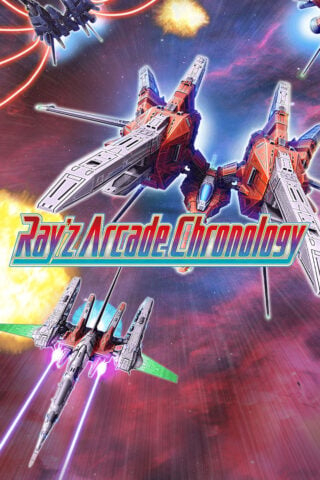

America - Front
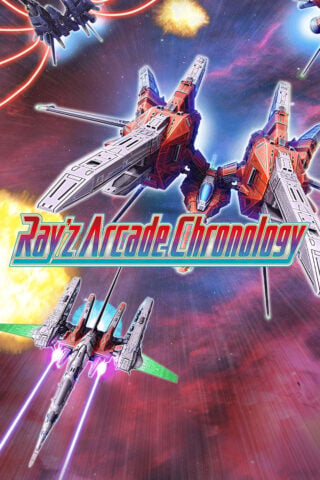

America - Back

Taito
Shooter
 (Add Date)
(Add Date) (Add Date)
(Add Date) (Add Date)
(Add Date)
| Owners: | 0 |
| Favorite: | 0 |
| Tracked: | 0 |
| Wishlist: | 0 |
| Now Playing: | 0 |
If you asked 100 people to name the first Taito shoot-'em-up series that came to mind, the great majority would mention Space Invaders, and perhaps a few would veer toward Darius. Not many would identify the Ray series. With only three arcade games between 1994 and 1998, Ray doesn't have the reach or longevity of other Taito properties, but it's easily one of the studio's best. Hoping to get more eyes on the short-lived franchise, publisher ININ and developer M2 have launched Ray'z Arcade Chronology, a compilation of the three original games — RayForce (1994), RayStorm (1996) and RayCrisis (1998) — paired with multiple enhancements and special features.
RayForce, the premier game in the Ray series, is the highlight of the collection. Heck, it's one of the highlights of the entire Taito library and a shooter than approximates the greatness of Darius Gaiden and G-Darius — which is saying something. A 2D vertically-scrolling shoot-'em-up, RayForce distinguishes itself from the pack in several ways.
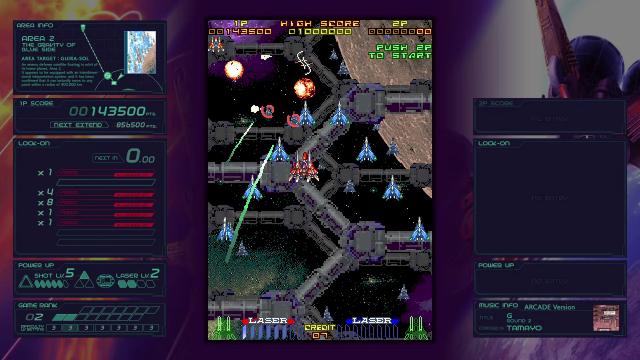
For starters, it's gorgeous. The models and backdrops are spectacular, and, thanks to nifty rotating and scaling effects, the entirely 2D game appears as three-dimensional in many instances. Additionally, the game sounds amazing. The funky synth soundtrack is one of the best — if not the best — from Taito house band Zuntata, which, again, is saying something. Finally, in terms of gameplay, RayForce is a knockout, due to a clever two-layer system that asks players to lock on to enemies below them, as well as blasting foes in front of them. It adds depth (literally) to the proceedings and opens up different scoring strategies.
Taito continued this layering, lock-on system in the game's follow-up, RayStorm, which also included in the collection. While not the equal to RayForce, this sequel is another great arcade shooter with an eclectic mix of tunes, challenging bosses, two playable ships with different primary and secondary shots, and, for the first time in the series, 3D graphics. RayStorm introduces a new screen-clearing special move and the ability to laser lock-on to any enemy, regardless of which layer it's on. This latter change isn't a total win, since it removes some of the exciting back-and-forth from the first title.
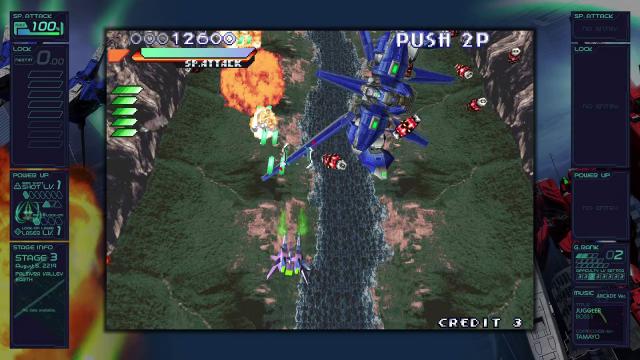
The last game in the collection is RayCrisis, the most experimental but also the least enticing entry on offer. Don't misunderstand; it's still a solid shoot-'em-up, but not as excellent as the previous two installments. Much of the gameplay is similar to RayStorm, with two notable diversions. It takes place in cyberspace, where the player ship is actually a computer virus designed to stop a genocidal AI. It also boasts a new mechanic called "encroachment", which players can lower by defeating enemies. If the rate reaches 100% the game ends prematurely. It's an interesting conceit, but a bit restrictive. Unlike the first two titles in the series, RayCrisis features randomized levels, which helps with replay value but disrupts the flow of the campaign. Due to these changes, and a 3D visual landscape that sometimes obscures enemy shots, this third and final chapter in the Ray series comes in as the weakest.
One fascinating thing about RayCrisis, which M2 has thankfully retained, is that the original arcade cabinet would track each player's progress and score, via a four-digit code. Let's say you put a quarter into the machine, selected the code "ABC1", and then flamed out in stage three. You could return to the machine another day, put in a quarter and your personal code, and the game would allow you to replay your initial run or randomly generate an entirely new one.
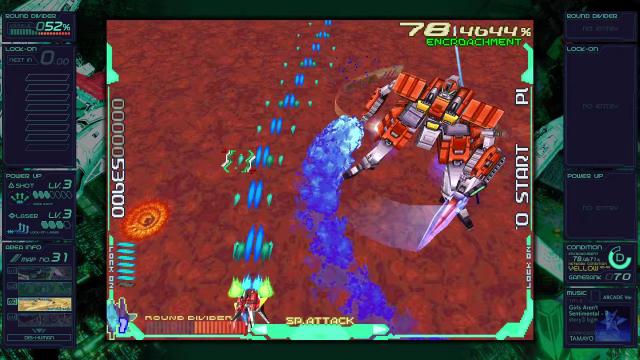
On top of the three arcade Ray games, all of which support two-player local co-op, Ray'z Arcade Chronology includes HD versions of the two 3D titles, RayStorm and RayCrisis. While these are nice to have, they're far from essential. Apart from uprezzed models and backdrops, they're not elevated in any way.
Even though the HD versions don't represent a massive jump over the originals, the collection as a whole enhances the Ray trilogy in several ways. Indeed, Ray'z Arcade Chronology enjoys the kind of exceptional special features that make M2 emulation projects the best in the business. Each game comes with quick save/load options, online leaderboards, a detailed manual, and a host of settings including difficulty level, remappable controls, and even arcade background noise, which replicates the authentic ambient sound of Tokyo's Akihabara Hey arcade. Additionally, you can also save up to 12 replays of your favorite runs, or download online replays from the leaderboard champions.
The collection also comes complete with several screen options, including display type, smoothing, scanlines, background, and screen orientation. Most impressive, however, are the gadgets. These are panels on the left and right of the main screen that present information on several background elements of the game. Once these are turned on, you can view your score and how many points you need to gain an extra life, how many enemies you've locked onto and the maximum score multiplier, your internal rank (which determines how the game scales the difficulty along with your performance), a description of the level, and a summary of the song being played. It's exactly the above-and-beyond sort of stuff you'd expect from M2.
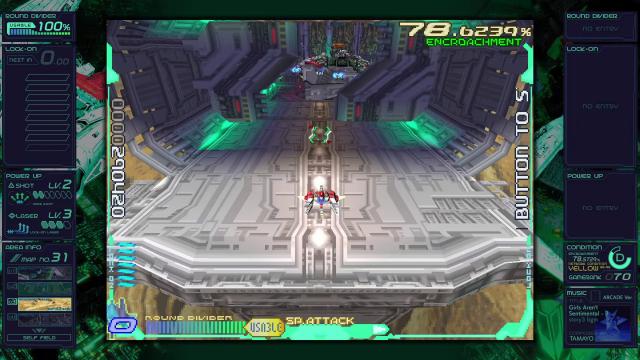
You'd also expect faultless emulation from M2, and you'd be right. Each game in the collection performs flawlessly, with blistering frame rates and arcade-perfect gameplay.
The biggest weakness of the collection has nothing to do with the technical component, however; rather, it's what Ray'z Arcade Chronology left out. There are no home console ports to speak of, which is too bad since the PlayStation versions of RayStorm and RayCrisis have some neat exclusive content. Also, and more regrettably, the compilation is missing the prototype level of R-Gear, the cancelled sequel of RayForce. That is exclusive to the physical version of the anthology, produced by Strictly Limited Games. To be fair, the omission of these options doesn't diminish the overall package — the games, high-quality emulation, and extraordinary special features speak for themselves — but they would have made things even more impressive.
Even without console ports or the mysterious R-Gear, Ray'z Arcade Chronology is a remarkable collection. It features three entertaining arcade games, including one of Taito's very best, surrounded by a bevy of options, special features, and settings that make those games more accessible and interesting than ever before. Ray might not have the broad appeal of Space Invaders, or the gaming cachet of Darius, but it's a valuable, dynamic franchise worthy of a high-quality compilation like this one.